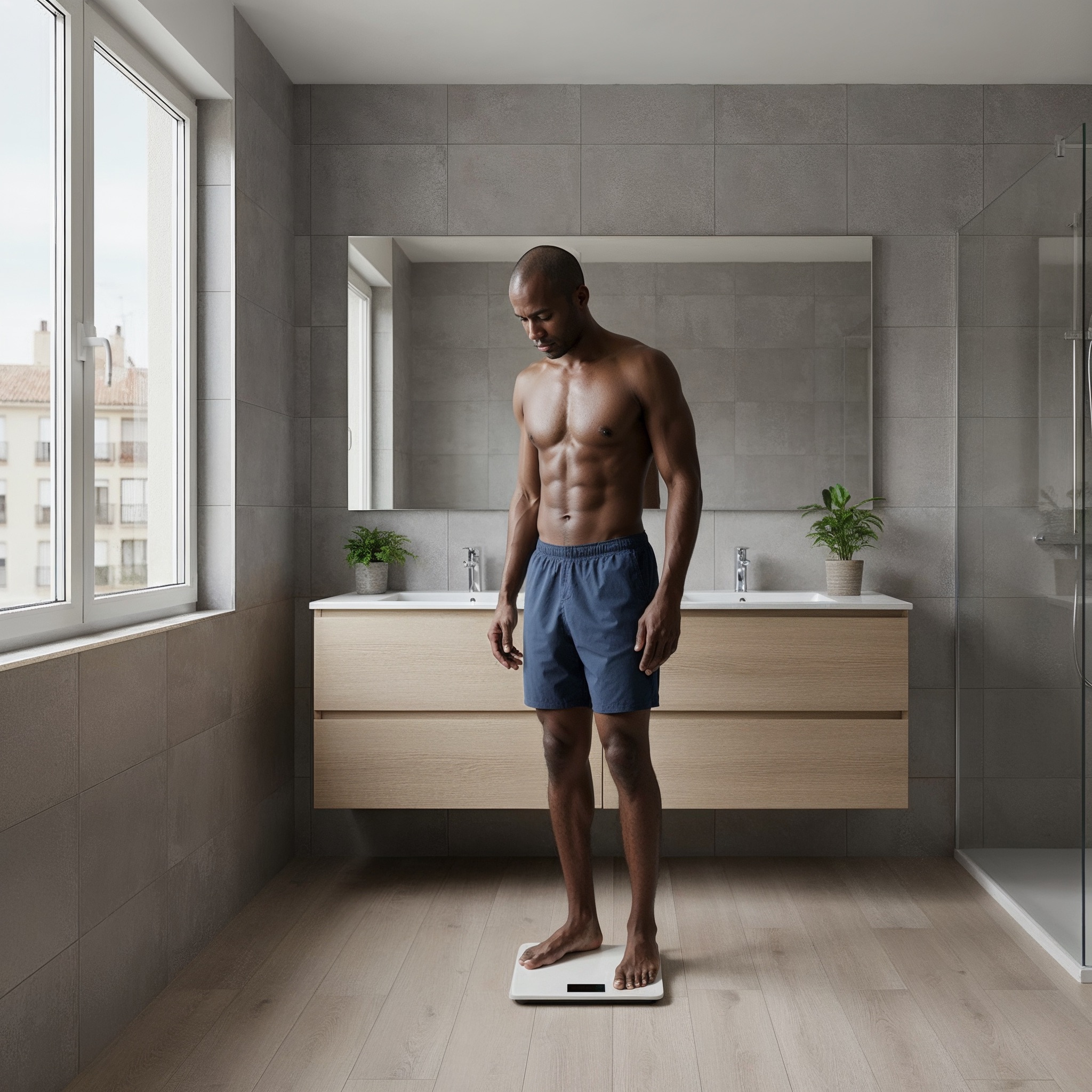
For decades, we've relied on the bathroom scale to tell us if we're “doing well.” But the truth is, your Weight Says Very Little About Your Health.
Two people can weigh exactly the same, and have completely different bodies: one might carry excess fat and little muscle, while the other has high lean mass and low fat.
So the real question is not How much You Weigh, But What that weight is made of. That's why understanding your Body composition — and how it's measured — is crucial.
Over time, different tools have emerged to estimate body composition. Some are widely available but inaccurate. Others require advanced tech and deliver medical-grade insights.
Here's a breakdown:
The answer is simple: DEXA scanning is the most accurate and comprehensive method available.
That's why hospitals, elite sports teams, and medical professionals use it — and why TIVEN brings this technology to you, paired with advanced data visualisation and a membership model that encourages consistency.
Because losing weight isn't always good.
If you're losing muscle and gaining fat, that scale is lying to you.
Because visceral fat is invisible — and dangerous.
And because Understanding your body with precision is the first step to improving it intelligently.
We recommend scanning every three months — just like elite athletes do.
It's not about perfection. It's about making progress with real data.
Book your TIVEN and start measuring what matters.

